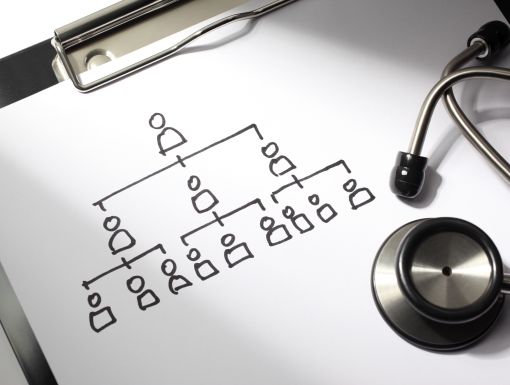
How to Know If You Have Coronavirus – Signs and Symptoms
With coronavirus (COVID-19) rapidly spreading across the United States, citizens should be aware of what the signs and symptoms are so they can be prepared if treatment is needed. If you think you have any of the below symptoms, you should reach out to your physician or provider through Ochsner Connected Anywhere; the MyOchsner patient portal, which allows you to connect with your primary care physician or pediatrician; or call the Ochsner COVID-19 Info Line, our free nurse care line (1-844-888-2772). Your physician will be able to help navigate your symptoms to decide what is the best treatment option.
Symptoms
The CDC reports illnesses have ranged from mild symptoms to severe illness and death for confirmed COVID-19 cases.
These symptoms may appear two to 14 days after exposure. Symptoms include:
- Cough
- Shortness of breath
Or at least two of the following symptoms
- Fever - Fever is considered to be 100.4 degrees or higher. Before you take your temperature:
- Wait 30 minutes after eating, drinking or exercising
- Wait at least six hours after taking fever-reducing medications, such as Tylenol
- For tips on how to take your temperature, follow the CDC’s guide.
- Chills
- Repeated shaking with chills
- Muscle pain
- Headache
- Sore throat
- New loss of taste or smell
Keep in mind, most patients who contract COVID-19 will be able to self-treat at home. Continue to monitor your symptoms. If they start to worsen, you should seek medical care. Call first before going in and let them know your symptoms. They will tell you what your next steps should be. You can also call the Louisiana Hotline, 211, or text the keyword LACOVID to 898-11. Dial 911 in the case of an emergency, and let them know you have or are suspected to have COVID-19. Some examples of worsening symptoms include but are not limited to:
- Trouble breathing
- Persistent pain or pressure in your chest
- New confusion or inability to awaken
- Bluish lips or face
To prevent the spread of COVID-19, continue to follow the CDC’s guide on how to stop the spread of germs, and practice social distancing. We need to flatten the curve and take all necessary steps to decrease the number of cases in the United States.
The information in this blog post is accurate at the time of publication. However, as the situation surrounding COVID-19 continues to change, it's possible that information has changed since being published. While Ochsner Health is trying to keep our blog posts as up-to-date as possible, we also encourage readers to stay informed on news and recommendations by using the CDC website.



